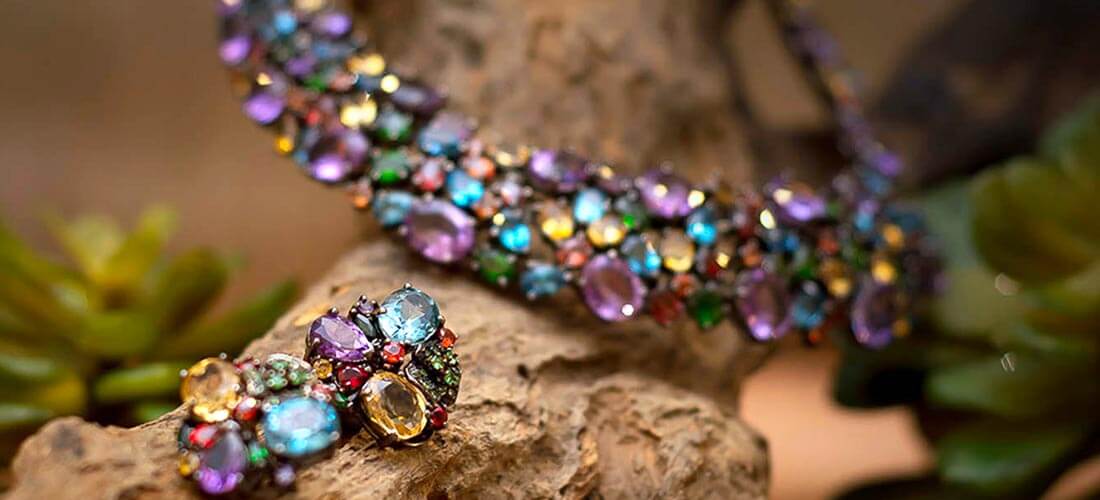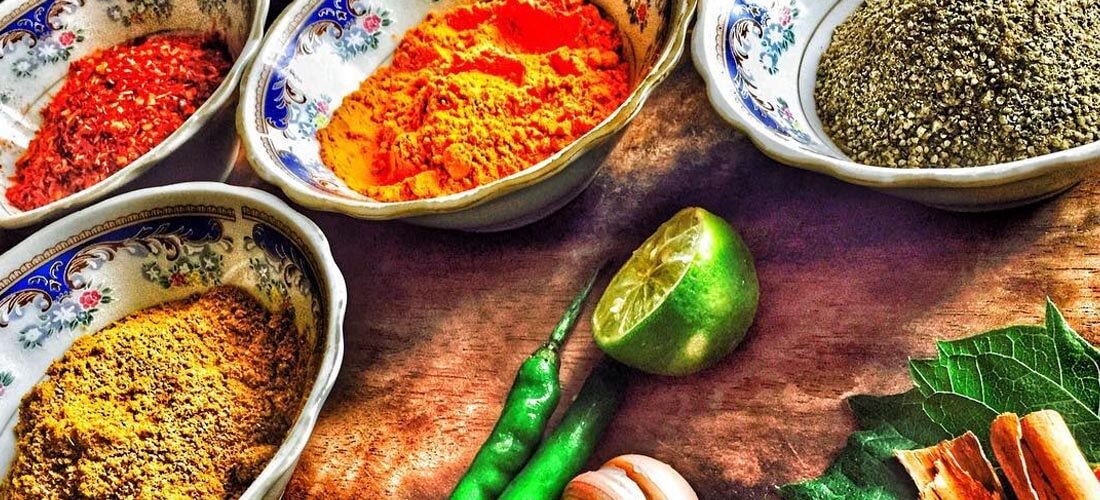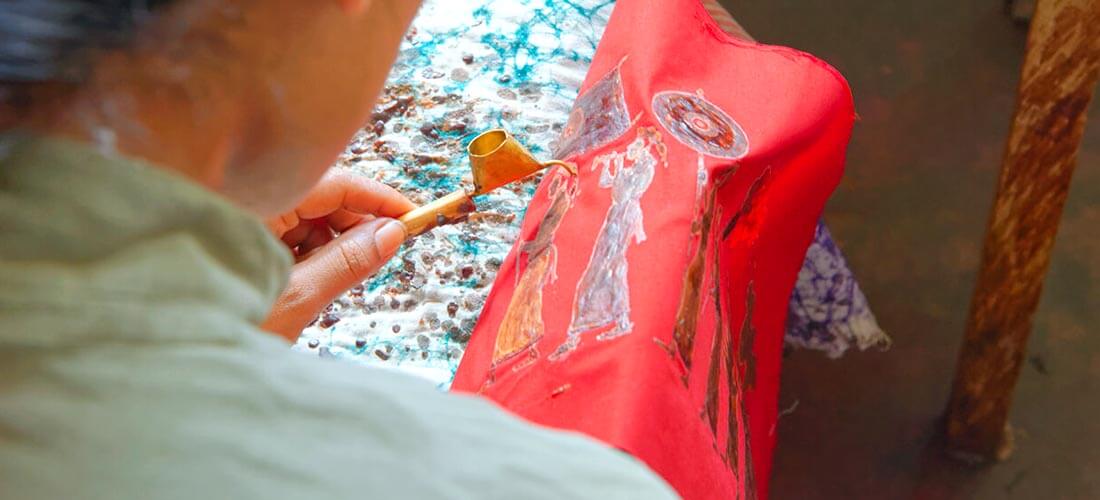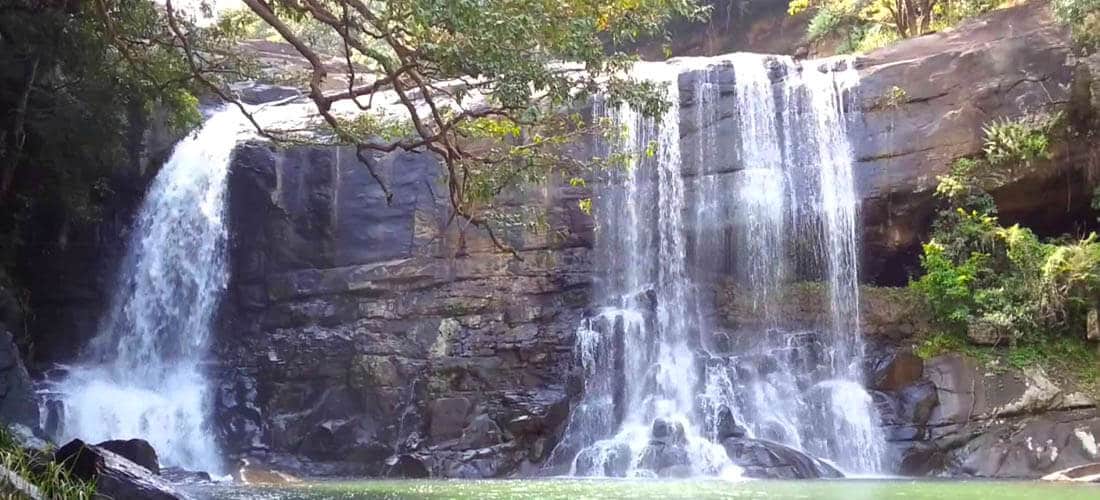
Gem and Jewellery Sri Lanka
The gems of Sri Lanka are woven in to his history. The Mahavansa, the ancient chronicle of Sri Lanka to mentioned about gems and jewellery. Indeed, the Lord Buddha himself is sad to have had to come to Sri Lanka from India to settle a dispute between two kings, Chulodara and Mahodara, over a throne of gems. King Solomon is reported to have had jems brought from this island to win the heart of beautiful Queens. The great traveler, Marco Polo, Was said to have been so awe struck by a priceless ruby in the possession of the king of Sri Lanka that the recorded it has been “span in length” without a flaw, brilliant beyond compare. Sri Lanka became known as Ratna Deepa (The island of Gems). Some of the rarest precious stones in the world are found in abundance in the reach earth under our feet and the hills above us. Among the several world famous gems Sri Lanka’s blue sapphire weighing 466 carats. The largest known sapphire in the world weighing in at 19kg was also discovered here. Other famous gem includes the blue giant of the orient. Weighing nearly 500 carats and the bluebell of Asia, which weighs in at 400 carats. The renowned Sri Lankan star sapphire us on permanent display at the museum of Natural History in New Your, but due to an oversight, the stone has been called the star of India. Throughout history Sri Lanka’s gems and jewellery have adorned the crown jewels of many a royal family. A gem – a 105 carat cat’s eye- discovered in a paddy field in Sri Lanka, gained fame among the royalty of Britain and was successively admired by Edward Vll, Geroge V. Edward Vlll and Queen Elizabeth.
The process of mining for gems is begun of an auspicious time with a short religious ritual. The most common methods of mining are in pits and by tunneling, surface gemming and dredging depends on the location and the type of deposits stones are normally found in a layer of coarse, paddy material, which contains traces of clay and fine sand. This gravel containing gems is referred to as “illam” and is found just below the alluvial deposits. The rarest gem in the world Alexandrite is found Sri Lanka.
Gem pits are of two kinds. The shallow once are well shaped and circular, where as deep pits are rectangular. To prevent the walls of the pits caving- in-scaffoldings are made and the spaces filled with leaves. The water is then pumped out of the pit. If the “illam” vein runs horizontally, tunneling has to be resorted to. Another method of collecting illam is to place wooden poles across the river bed and standing on a pole with a long stick, a person drags the gravelly sand towards him. This is then collected in buckets.
Either way the gravel then washed in large circular wicker buckets by immersing them in water and rotating them. This enables the light, ordinary pebbles behind. Then the baskets are held against the sunlight and the sorting is carried out. Each illam brings forth a variety of stones. The principal source of Alexandrite, the rarest gem in the world in Sri Lanka it was first pound in the urals in 1830 and is named after czar Alexander ll who come of age one the day it was found. This stone shines green in natural light but turns raspberry red in official light. The cat’s eye is another stone which is considered valuable and rare. It derives its from fact that a silver line run across its greenish- gray surface, giving it a remarkable resemblance to the eye of a cat. The rarest type is the black cat’s eye. Sri Lanka boasts of having 17 varieties of precious and semiprecious stone.
The most notable are: – Blue Sapphire, Alexandrite, stay Ruby, Yellow sapphire, Star Sapphire, Amethyst, Garnet, Moonstone.




